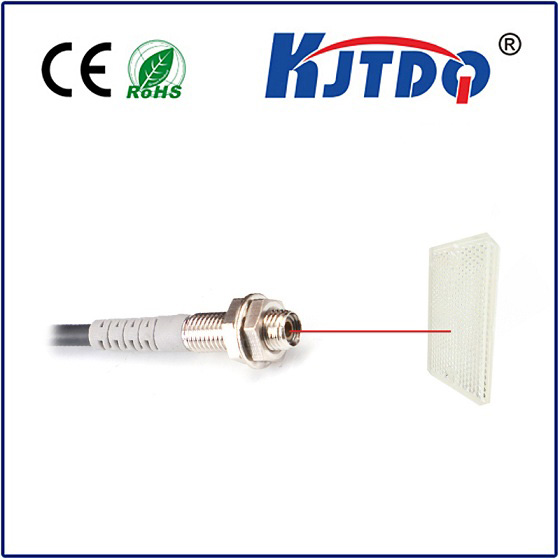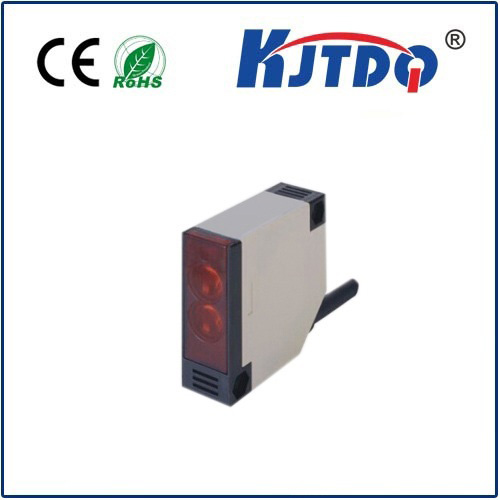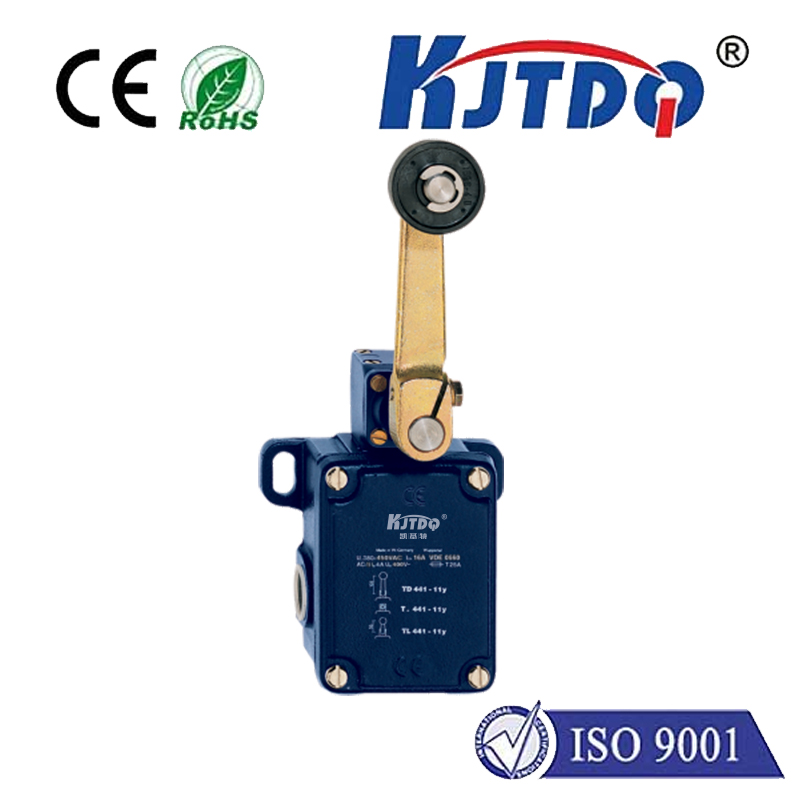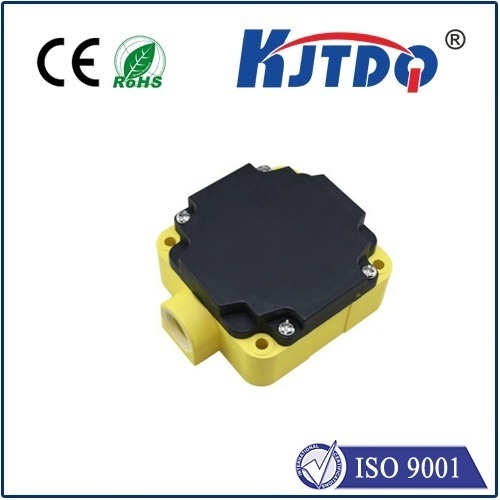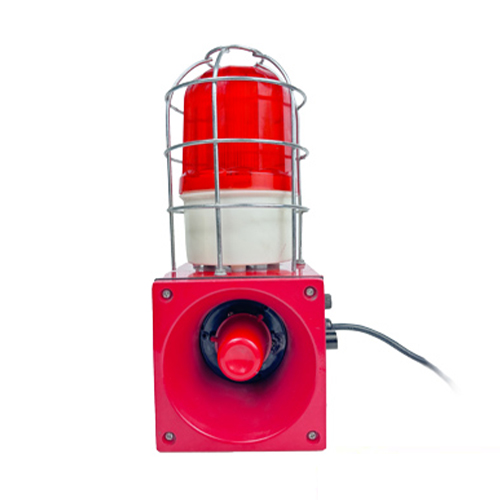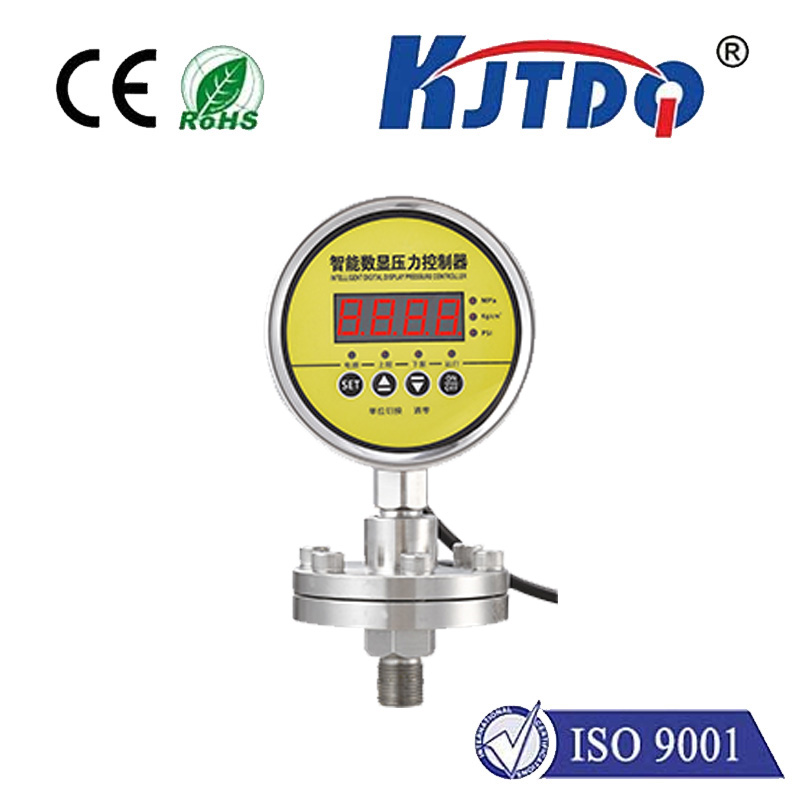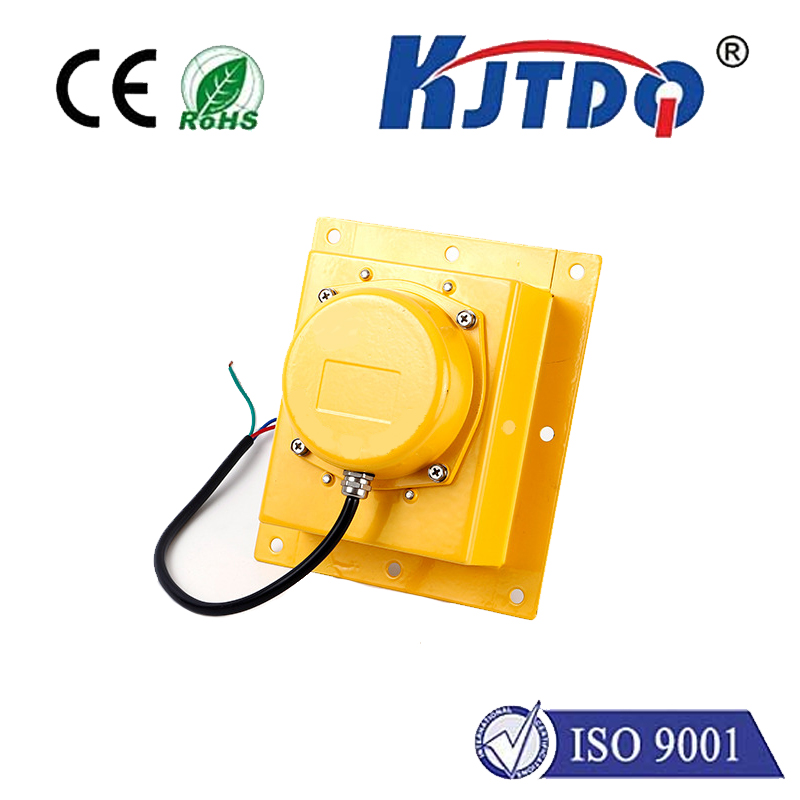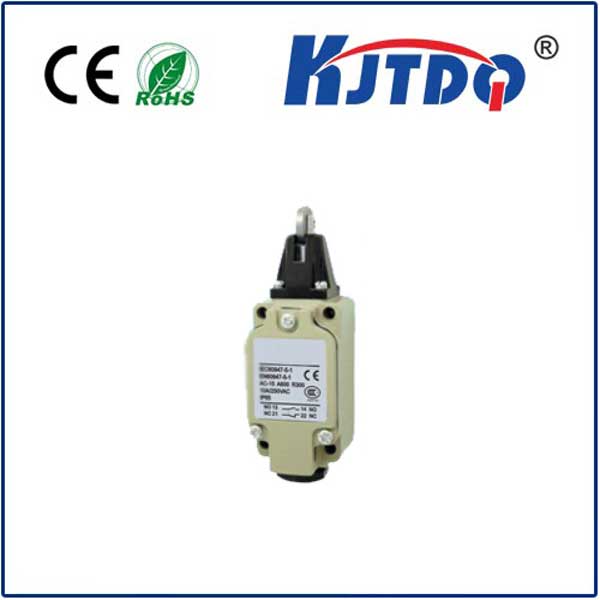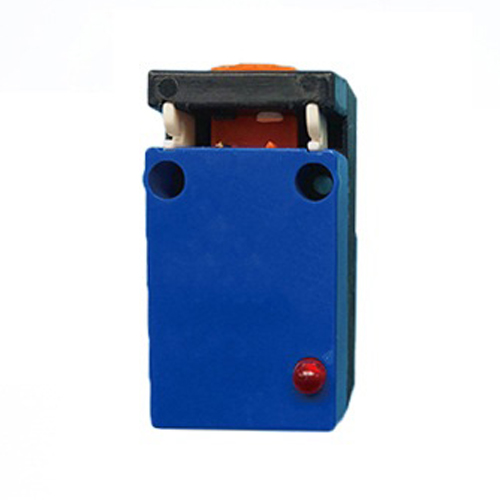jarak sensor proximity
- time:2025-07-12 00:56:24
- Click:0
Mastering Proximity Sensor Range: The Key to Flawless Detection
(Article Title)
Ever wondered how your smartphone screen magically turns off when held to your ear? Or how an automatic soap dispenser knows exactly when to release liquid without any touch? The invisible hero behind these everyday conveniences, and countless industrial applications, is the proximity sensor. But its effectiveness hinges critically on understanding and mastering one fundamental parameter: its jarak, or detection range. Getting this distance right is paramount for seamless, reliable operation across diverse environments.
Demystifying the “Jarak”: What is Proximity Sensor Range?
Simply put, the detection range of a proximity sensor (jarak deteksi sensor kedekatan) refers to the maximum distance at which it can consistently and reliably detect the presence of a target object. It’s not a single fixed value etched in stone; rather, it’s a specified operating range within which the sensor triggers its output signal (e.g., switches on or off). This range is typically defined under standardized conditions, often involving a specific reference target. Understanding this specification is the first step toward selecting the right sensor for any job.
How Do Proximity Sensors “See”? A Range Revelation

Proximity sensors don’t rely on physical contact or traditional vision. Instead, they leverage invisible fields. The two most common types are:
- Inductive Sensors: Emit an oscillating electromagnetic field. When a metallic target enters this field, it induces eddy currents within the metal, causing a measurable change in the sensor’s oscillation. Detection range is significantly influenced by the target’s metal type, size, and thickness. Ferrous metals (like iron) typically offer the longest range.
- Capacitive Sensors: Generate an electrostatic field. Any object (metal, plastic, wood, liquid, human body) entering this field alters its capacitance. Capacitive sensors are excellent for non-metallic targets but their effective range can be more sensitive to environmental factors like humidity and surrounding materials.
Pushing the Limits: What Governs Your Sensor’s Effective Distance?
Several critical factors interact to determine the real-world detection range achievable with a proximity sensor. Ignoring these can lead to unreliable performance:
- Sensor Type and Technology: As outlined, inductive sensors inherently offer different range capabilities and target sensitivities compared to capacitive ones. Choosing the right technology for the target material is fundamental to achieving the desired jarak.
- Target Characteristics: For inductive sensors: Target composition (ferrous vs. non-ferrous), size, and shape matter significantly. Larger, ferrous targets are detected further away. For capacitive sensors: Target material (dielectric constant), size, and grounding influence the effective range.
- Installation and Environment: Mounting the sensor flush in metal might slightly reduce its nominal range compared to non-flush mounting. Nearby metallic objects (“side metal”) or other sensors emitting similar fields can cause interference, potentially reducing reliable detection distance or causing false triggers. Dust, oil, or debris accumulation on the sensor face can also drastically attenuate its effective range.
- Calibration and Settings: Many modern sensors offer adjustable sensitivity or detection range settings. Proper calibration during setup is crucial to optimize the jarak for the specific application without making the sensor overly sensitive to unintended objects or background.
- Temperature Fluctuations: Extreme temperatures can affect the sensor’s electronic components and the characteristics of its emitted field, potentially causing slight variations in its nominal detection range. Spec sheets usually detail operating temperature ranges.
Optimizing for Peak Performance: Maximizing Your Effective Jarak
Achieving consistent and reliable detection at the required distance requires proactive optimization:
- Select Wisely: Matching the sensor type to the target material is non-negotiable. Review spec sheets meticulously, paying close attention to the nominal sensing range and crucially, the conditions under which it was measured (e.g., the size and material of the reference target).
- Perfect the Position: Ensure the sensor is mounted stably and aligned correctly towards the target’s approach path. Minimize any potential gap between the sensor face and the target path. Consider potential buildup of contaminants and plan for maintenance or protective measures.
- Mind the Surroundings: Be vigilant about potential sources of electromagnetic interference (other sensors, motors, power lines) or capacitive crosstalk. Maintain adequate clearance between sensors and other metallic structures unless the spec sheet explicitly states compatibility. Grounding metal parts near capacitive sensors can sometimes improve stability.
- Calibrate Diligently: Always perform calibration with the actual target object present and under normal operating conditions. Utilize sensitivity adjustments (if available) to fine-tune the detection threshold, ensuring reliable triggering at the desired jarak while avoiding false activations. Avoid setting the sensitivity unnecessarily high.
- Consider Application Needs: Does the application require just detecting presence/absence at a specific point, or does it need to distinguish between distances? This influences whether a standard on/off sensor or a more complex analog output sensor (providing a continuous distance measurement) is needed.
Why Getting the “Jarak” Right Isn’t Optional
Neglecting the nuances of proximity sensor range has real consequences. An incorrectly specified or poorly calibrated sensor might:
- Fail to Detect: Missing targets entirely if they are slightly beyond the sensor’s effective range or if interference dampens the signal.
- Trigger Falsely: Activating when no intended target is present, due to interference, incorrect sensitivity, or detecting background objects.
- Operate Erratically: Inconsistent detection leading to machine malfunction, production errors, or safety hazards.
The reliability of your entire automated process hinges on the precision and stability of proximity sensor detection.
Conclusion: Distance Makes the Difference
Understanding and optimizing proximity sensor range – the jarak sensor proximity – is far more than just a technical specification; it’s the cornerstone of dependable automation. By carefully considering sensor type, target properties, environmental factors, and precise calibration, engineers and technicians unlock the full potential of these ubiquitous devices. Whether it’s ensuring your phone conversation isn’t interrupted by a cheek-initiated dial, guaranteeing a robot arm accurately picks up a component, or providing critical safety interlocks on high-speed machinery, mastering the detection distance is fundamental to achieving seamless, error-free operation.













